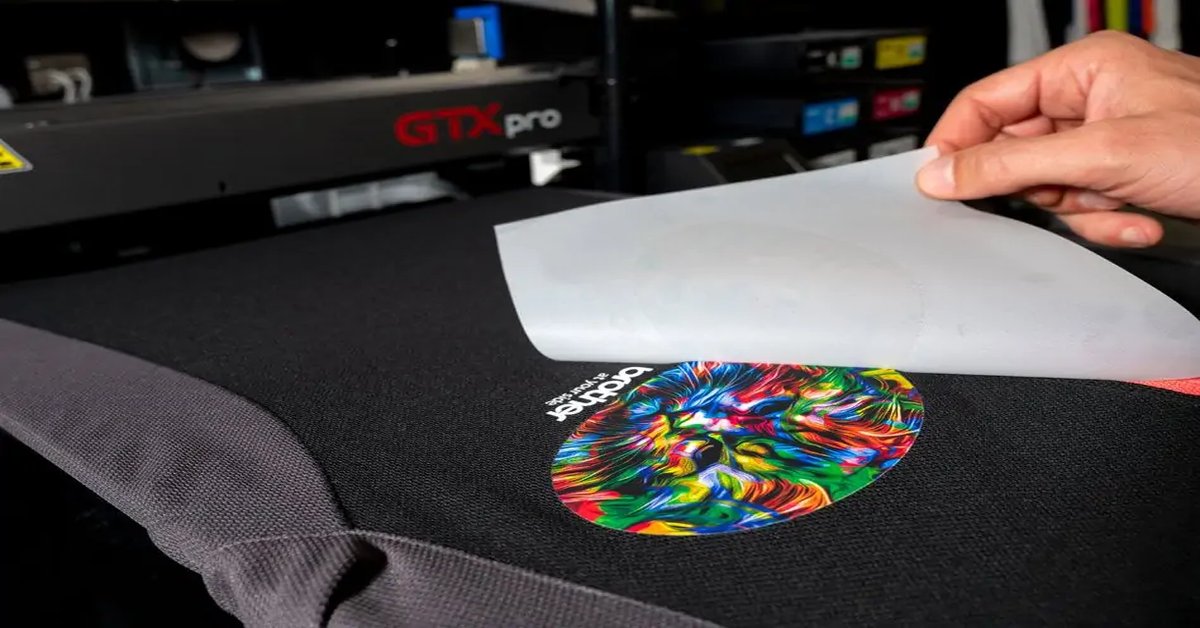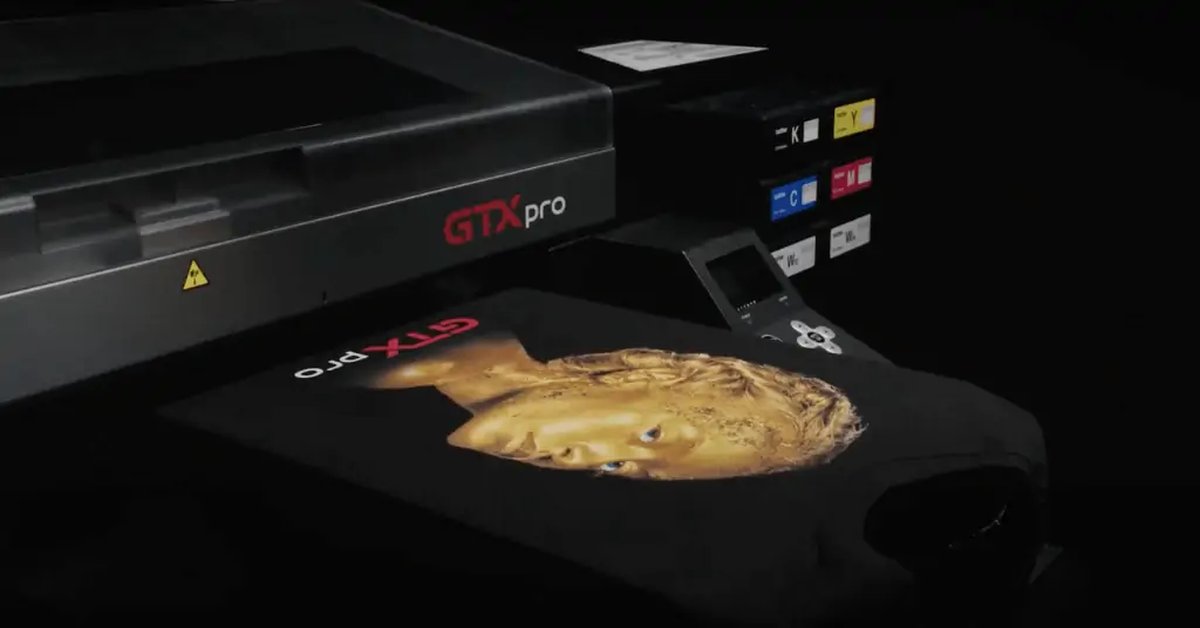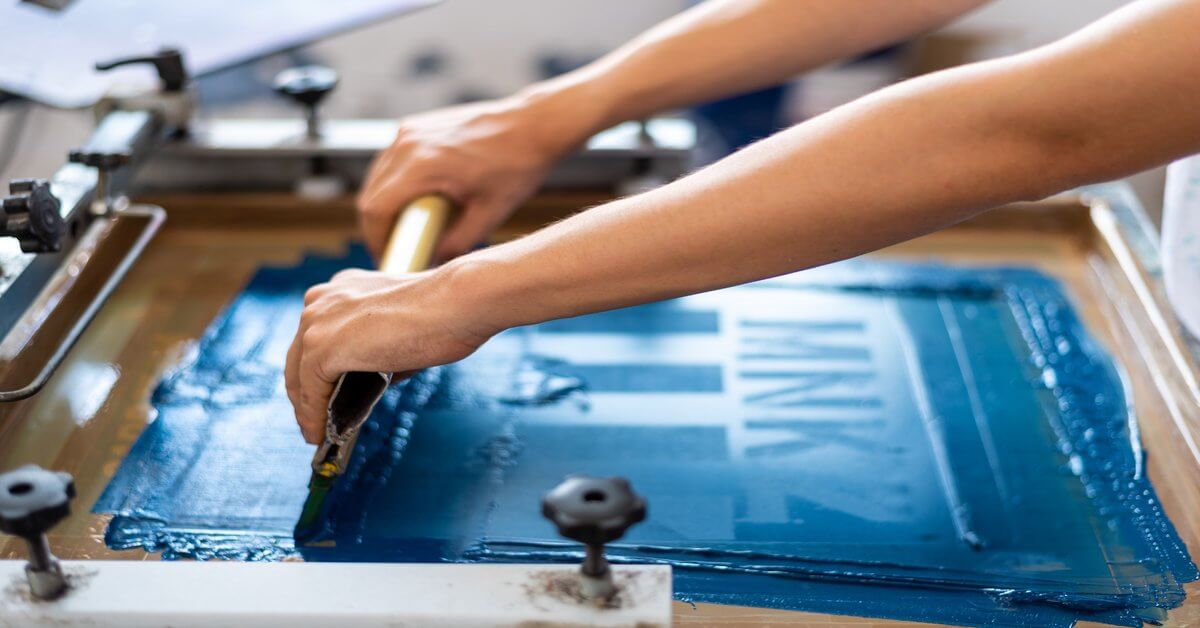Your Cart is Empty
In order to provide you with a competitive quote, Please send us the following and we’ll get back to you as soon as we can:

Printed garments, whether they are custom t-shirts, hoodies, or other fabric-based products, are not just stylish but often carry personal or professional significance. Taking proper care of your printed garments is essential to ensure they last longer, retain their vibrant colors, and maintain their print quality. From direct-to-garment (DTG) printing and heat transfer vinyl (HTV) to screen printing and sublimation, each printing technique requires specific care guidelines to protect both the fabric and the design.
In this comprehensive guide, we’ll explore the best practices for washing, drying, storing, and caring for printed garments. Whether you’re a fashion enthusiast, business owner, or someone who loves custom apparel, this guide will help you keep your printed garments looking fresh and vibrant for years to come.
Printed garments, especially custom ones, often hold sentimental or financial value. Proper care ensures that the garments retain their shape, color, and print quality over time. Whether it’s a cherished band t-shirt, branded company uniforms, or personalized sportswear, maintaining the integrity of printed designs is crucial.
Poor washing, drying, and storage practices can cause prints to fade, crack, or peel, while the fabric itself may shrink or degrade. Investing time and effort into proper care can significantly extend the life of your printed garments and keep them looking new for longer.
Before diving into the specifics of garment care, it's essential to understand the various printing methods used on garments, as each has unique care requirements. Let’s break down the most common printing techniques:
DTG is a digital printing technique where designs are printed directly onto the fabric using specialized inkjet printers. DTG prints tend to be soft and breathable, making them comfortable to wear, but they can be more sensitive to improper washing.
Care Tips:
HTV involves cutting designs from vinyl and using a heat press to transfer them onto the garment. The design sits on top of the fabric, making HTV prints more prone to peeling if not handled properly.
Care Tips:
Screen printing is a traditional method where ink is pushed through a mesh screen onto the fabric. It is durable and long-lasting but can crack or fade if not cared for correctly.
Care Tips:
Sublimation printing involves transferring dye into the fabric through heat. It works best on polyester garments and results in vibrant, durable prints that are embedded into the fabric, making them less prone to fading or cracking.
Care Tips:
Embroidery is the process of stitching designs onto garments using thread. Though embroidery is durable, improper washing can cause the thread to fray, and the fabric can stretch or warp.
Care Tips:
Washing is the single most important aspect of garment care, and following the right procedures can prevent damage to both the fabric and the print. Here are the key practices to follow when washing printed garments:
Turning your garment inside out helps protect the print from friction caused by washing machine agitation. This reduces the risk of cracking, peeling, or fading.
Cold water is gentler on fabrics and prints. It prevents shrinking and helps preserve the vibrancy of the colors. Avoid using hot water, as it can cause prints to crack and fabrics to shrink over time.
Harsh detergents with bleach, brighteners, or strong fragrances can break down the print’s ink or vinyl. Use a mild detergent that is formulated for delicate fabrics to prolong the life of both the print and the garment.
Bleach and fabric softeners can be harsh on printed garments. Bleach can cause fading, while fabric softeners can leave a residue that dulls the appearance of prints.
Wash printed garments with like fabrics to avoid pilling and other damage. Heavy items like towels or denim can create friction, damaging delicate fabrics and prints.
Proper drying techniques are just as important as washing, as high heat can damage both the fabric and the print. Here are the best practices for drying printed garments:
Air drying is the best way to protect printed garments. Lay your garments flat or hang them up to dry. This helps maintain the shape of the fabric and prevents prints from cracking or peeling due to heat.
While air drying is ideal, avoid hanging garments in direct sunlight, especially if they are brightly colored or dark. Prolonged exposure to UV rays can cause colors to fade over time.
If you need to use a dryer, opt for a low heat or delicate setting. High heat can cause vinyl to warp, ink to crack, or the fabric to shrink.
Dryer balls can help reduce drying time and minimize friction between garments. This reduces the wear and tear on both the fabric and the print.
Ironing printed garments requires caution, as high heat can ruin the design. Here are some guidelines to follow:
Always turn printed garments inside out before ironing. This protects the print from direct contact with the heat, reducing the risk of melting or warping.
Set your iron to a low heat or synthetic setting to avoid damaging the fabric or print. Avoid using the steam setting, as moisture can cause the print to lift or warp.
Place a cotton cloth or a pressing sheet between the garment and the iron. This provides an additional layer of protection for the print, especially for HTV or screen-printed designs.
For delicate fabrics or intricate designs like embroidery, consider using a steamer instead of ironing. Steam is gentler on the fabric and won’t flatten raised prints or embroidered designs.
How you store your printed garments can also impact their longevity. Follow these tips for proper storage:
For garments with heavy vinyl or embroidered designs, folding is better than hanging. Hanging can cause the fabric to stretch, potentially distorting the design.
If you prefer to hang your printed garments, use padded or wide-shouldered hangers to maintain the garment’s shape and prevent stretching.
Store printed garments in a cool, dry environment, away from direct sunlight, humidity, or heat sources. Excessive heat can cause prints to crack, while humidity can lead to mildew growth.
Plastic bags or covers can trap moisture, leading to mold or mildew growth on the fabric. Use breathable cotton garment bags or store garments in drawers with plenty of airflow.
While caring for printed garments isn’t complicated, there are several common mistakes that can lead to damage. Here are some things to avoid:
Hot water may seem effective for cleaning, but it can cause printed designs to crack, shrink the fabric, or cause colors to


